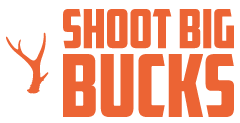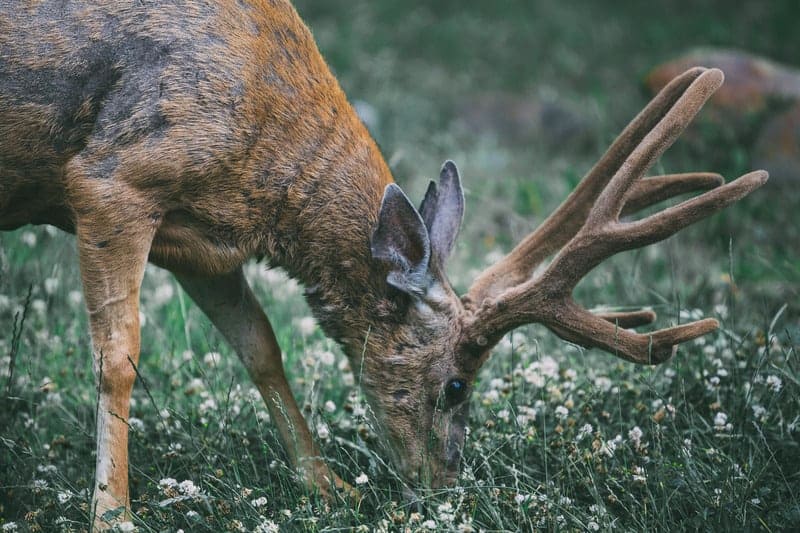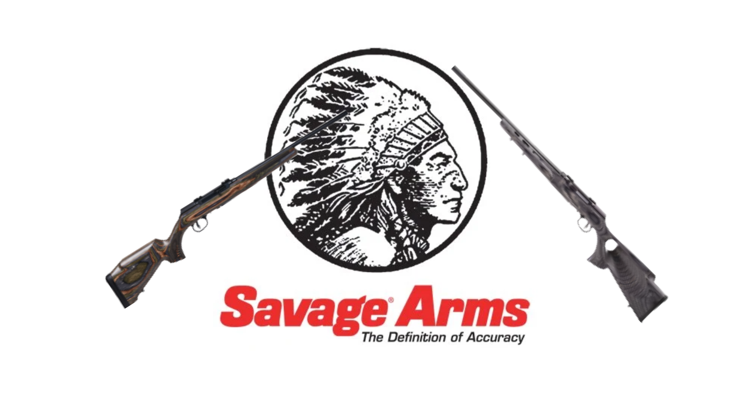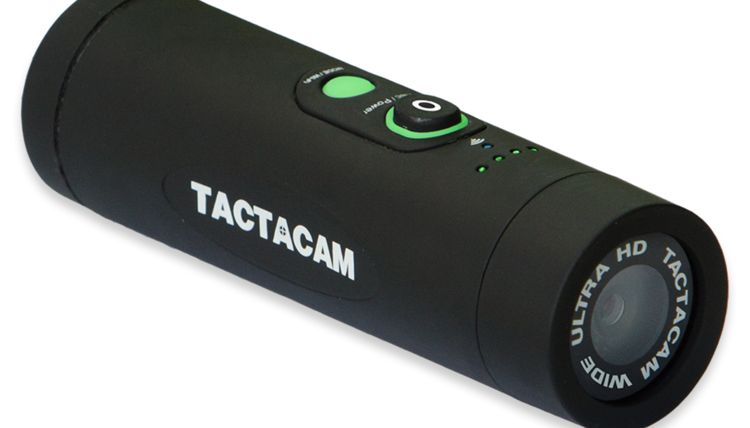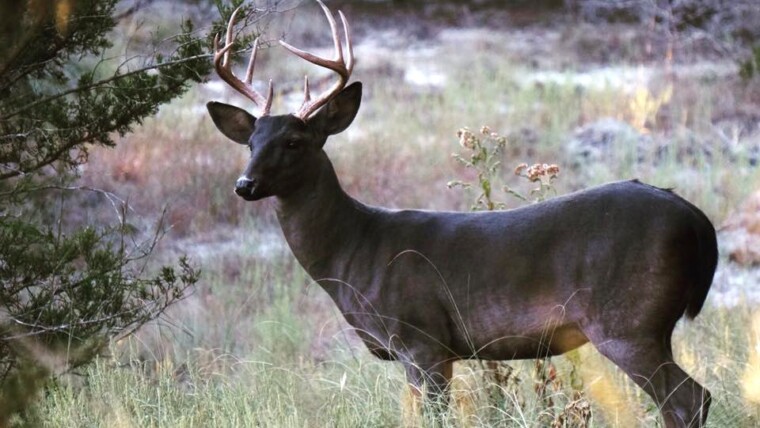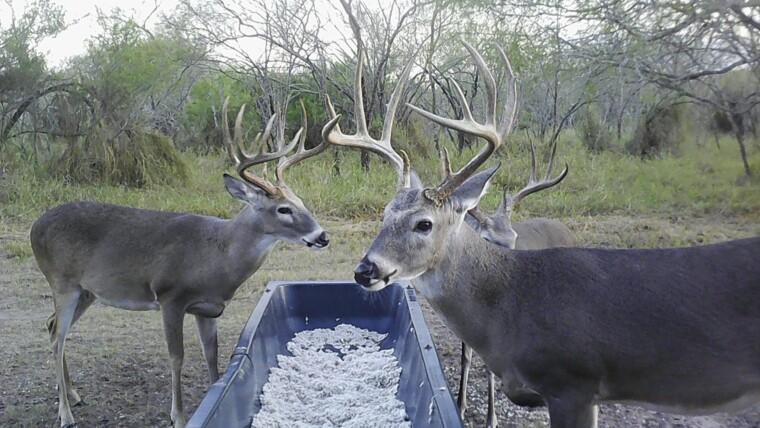Given that deer spend a high percentage of each day obtaining and consuming food, it is natural for hunters to wonder how they can receive optimal nourishment. Nutritional needs for bucks, does, and fawns vary; however, all three need fats, carbohydrates, protein, calcium, phosphorus, and fiber, along with sufficient sodium, during certain points of the year. Generally speaking, the best food for deer is highly contingent on the season of the year. While spring and summer months are characterized by higher protein needs, along with vital minerals, fall and winter months represent a transition into a higher fat, higher carbohydrate diet to preserve energy during the rut and life during the cold.
More specifically, during the spring, bucks are developing muscles and does are preparing for giving birth, which means both need ample protein and minerals. In the summertime, bucks, does, and fawns all need higher levels of protein to maximize growth in preparation for rut season. By the time fall arrives, deer should begin transitioning from higher protein diets to higher carbohydrate and fat diets, and mineral needs are not as critical. Winter, which can be extraordinarily difficult for deer depending on the region of the country, is a more challenging time for feeding, particularly in the north. However, with appropriate preparations, it is possible to ensure they receive consistent nourishment, which positions them well for starting all over again the following spring.
Several foods and supplements can meet these needs year-round, which are detailed further below.
Best Sustenance for Deer: A Seasonal Breakdown
The following sections provide insight into the optimal nutrition for deer on a seasonally broken down basis. In addition, insight specific to bucks, does, and fawns is provided, which will also assist with planning your deer’s nutritional needs.
Spring
Spring represents a period of time when temperatures begin to increase and greenery begins emerging. At this point in time, the bucks are still recuperating from the winter and seeking to rebuild atrophied muscles and newer, stronger antlers; in short, a buck’s body weight and antler size will directly depend on the nutrition received. Does, on the other hand, are preparing their bodies for nursing, which means they will need sufficient carbohydrates for energy and ample protein for healthy fetus development.
To achieve these objectives, a diet rich in fats, carbohydrates, protein, calcium, and phosphorus will be critical; nutrition sources should include at least 17-20 percent protein. If you have the capacity for creating a food plot, some excellent options for the spring include soybeans, cowpeas, and grain sorghum, along with other blends that feature alfalfa, chicory, and clovers. In addition, it is also recommended to provide a sodium source for deer, as water intake will increase significantly for bucks and does, as well as any prematurely born fawns. Some hunters use rock salt to encourage sodium intake, though other options are also available.
Summer
Summertime represents the arrival of strong heat and higher levels of drought, particularly in the southern region of the United States; on the other hand, the northern region enjoys more temperate summers. Nevertheless, the nutritional needs of deer are largely similar during the summer, as summertime is analogous to antler growth time. Big bucks’ calcium consumption literally goes to their heads, particularly since hardened antlers consist heavily of calcium and phosphorus. In addition, does given birth by late spring or early summer. Consequently, they will require more energy than any other deer at this point in time, particularly since they pass ample protein and energy through their milk onwards to their fawns.
In other words, high-quality nutrition is of paramount importance during the summer. Along with the mandatory fats and carbohydrates, protein intake should be increased even more than during the springtime, ideally from the aforementioned 17-20 percent up to 35 percent. Some good options to achieve this protein level include peas, beans, lablab, or other comparable foods that are reasonably easy for a deer to digest. In addition, increased water intake is even more critical, particularly in states that routinely experience droughts during the summer. As late summer approaches and fall begins, you can begin incorporating some fall foods, such as acorns and soybeans.
Fall
Fall signals the impending start of the famed deer season, as detailed in “How should I prepare to go deer hunting for the first time?” At this point, hunters’ excitement is reaching a crescendo, though it is important not to neglect deer’s nutritional needs while preparing for your upcoming hunt. Bucks are preparing to fight and breed while does are preparing to become impregnated, and the still-growing fawns are rapidly adding fat to their frames to sustain the brutal winter months. To add on this protective bulk, deer’s nutritional needs have shifted from prioritizing protein to prioritizing fats and carbohydrates. Furthermore, the need for water, sodium, and other minerals is not nearly as critical in the fall as it was in the preceding months, particularly if deer were well-fed prior to the start of rut season.
Some ideal foods for deer during this time include milo, peanuts, acorns, soybeans. Given its high levels of starch and carbohydrates, corn is another option, though it is important to be careful with how and when corn is provided to deer, as detailed in the “Related Questions” below. Regardless of which food you choose, be sure to transition your deer gradually into a new diet; specifically, when deer are transitioning from a higher protein diet to a higher carbohydrate diet, is important to intermix higher carbohydrate foods, especially corn, with whichever sources you used during the summer. Gentle, gradual dietary transitions will help prevent rumen acidosis, which could be potentially fatal. Specifically, deer rumens likely will not yet have the requisite microbes and bacteria needed to process the grains, which justifies a gradual transition to a new diet.
Winter
As deer season is winding down, winter represents a time period in which you can begin plotting your deer’s nutrition for next year’s hunts, as well as ensuring your deer can remain as protected as possible nutritionally. In the southern region of the United States, deer primarily strive to replace bodily bulk lost during the rut season, when it is common for deer muscles to convert into additional energy as needed. Given the general absence of heavy snowfall in the south, it is generally easier to provide deer with food during the winter. On the other hand, the northern region of the United States can be especially challenging for deer during this time, particularly if an area experiences unusually prolonged snowfall.
In the early winter months, some good food options include oats, wheat, and triticale. Triticale is a hybrid blend of wheat and rye, and it provides a reliable source of nutrition throughout the winter. Sunflower seeds are another good option for supplementing deer nutrition, as they provide rich oils and fats that help ensure deer remain relatively warm during winter months; however, they should be used sparingly and intermixed with other feed if you choose this option.
In addition, hunters also recommend deriving nutrition for deer from the brassicas family, which includes foods such as kale and turnips, particularly during later winter months. If you have food plots, it is worthwhile to dig through the ice and snow for the deer, particularly since these plots may have large root vegetables available, which are an excellent source of carbohydrates and sugars needed to sustain deer health throughout the winter.
Additional Considerations
While the most important considerations for feeding deer are season-dependent, others are also worth thinking about to maximize the ability to feed your targeted deer effectively. In other words, now that you’re familiar with what to feed deer during each season of the year, it’s also important to think of how you’ll feed deer during each season of the year. Fortunately, you can provide sustenance to deer through various mechanisms, including through food plots and supplemental feeding.
Food Plots
Several hunters have begun setting up food plots to attract deer by concentrating them around one food source. Furthermore, food plots enable you to provide a variety of nutrition to deer throughout the year, which generally becomes more cost-effective than supplemental feeding, particularly since deer tend to graze while eating, rather than standing in the same place for hours. Thus, managing your own food plot is a surefire method for ensuring that your targeted deer receive optimal nutrition year-round, ultimately maximizing your chances of landing the ultimate big buck. However, it is very important to take into account any state-specific legislation that may prohibit you from creating your own food plot, as some states are significantly more restrictive than others when it comes to feeding wildlife.
Supplemental Feeding
If food plots are not a viable option, supplemental feeding is another option. Supplemental feeding differs from food plots because it requires the use of troughs and feeders. If using a trough, it should be stationed approximately two feet off the ground, which will enable fawns to access it. If using a feeder, it should be placed at least six feet off the ground, which will help ensure bucks do not hit their antlers. One popular feeder is a timed feeder, which needs to be preprogrammed to release food at certain times of the day. On the other hand, many hunters like gravity feeders, which do not require preprogramming, although gravity feeders run the risk of being visited by other wildlife. Regardless of which feeder you choose, it should be practical for your needs. For instance, Banks Outdoors provides excellent gravity feeders that can hold up to 300 pounds of food, obviating the need to constantly replenish it.
Related Questions
Should I provide deer with mineral supplements?
Yes, it is an excellent idea to provide deer with mineral supplements, which will further promote their maximum physical development. More specifically, if you’re after a buck with impressive antlers, calcium and phosphorus are mandatory. For example, one recommended mineral supplement contains calcium and phosphorus, and the levels of calcium should be at least double the levels of phosphorus present. Whitetail institute provides mineral supplements that may serve your feeding needs.
>>>RELATED: 15 Affordable Cellular Trail Cameras Under $200
What types of food should I never feed deer?
While providing deer with optimal nourishment helps ensure their maximum development, it is important to remember that deer need time to adapt to new food sources, which leads directly to a major problem with deer nutrition: Using corn as “emergency fuel.” Corn is high in starch and low in protein, and if a starving deer were to devour an enormous pile of corn, especially during the summer, chances are excellent that the deer might die within a day due to excessive bloating and acidosis. In most of the US, this is not the case due to deer having plenty of greenery to eat during summer. Also, in the midwest, where corn is a common part of a deer’s diet, feeding them corn will not harm them.
In short, emergency feed should have a strong protein component, and feeder pellets far more appropriate than corn are available with Monster Meal. Similar rules apply to sunflower seeds; however, given the expense of sunflower seeds, they tend to be used in greater moderation than corn, if used at all. Lastly, avoid feeding deer potatoes, lettuce, or any other “kitchen scraps/leftovers,” which are not suited for its digestive system or its nutritional needs.
